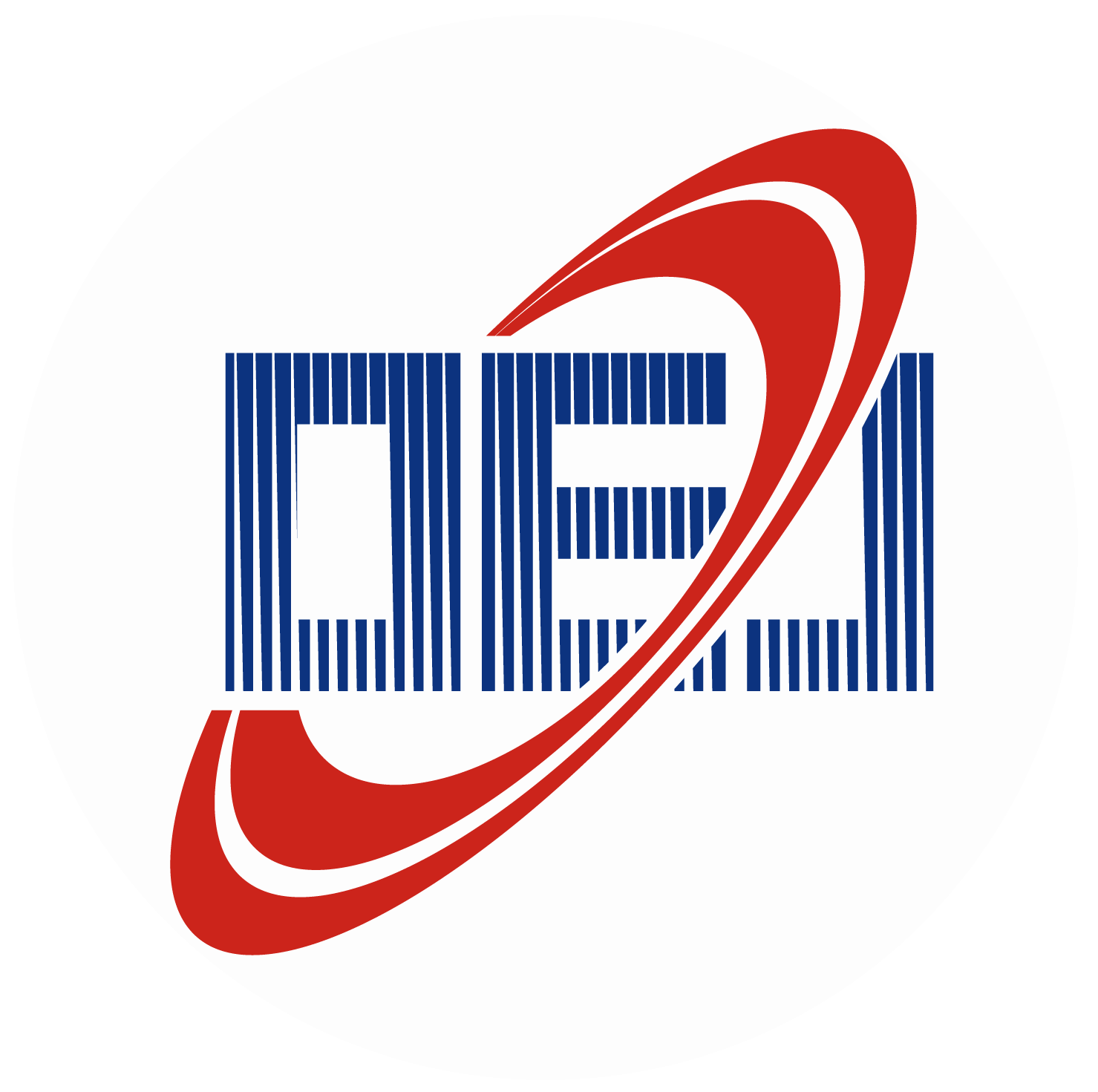-
Abstract
Quantum dot-based up-conversion photodetector, in which an infrared photodiode (PD) and a quantum dot light-emitting diode (QLED) are back-to-back connected, is a promising candidate for low-cost infrared imaging. However, the huge efficiency losses caused by integrating the PD and QLED together hasn’t been studied sufficiently. This work revealed at least three origins for the efficiency losses. First, the PD unit and QLED unit usually didn’t work under optimal conditions at the same time. Second, the potential barriers and traps at the interconnection between PD and QLED units induced unfavorable carrier recombination. Third, much emitted visible light was lost due to the strong visible absorption in the PD unit. Based on the understandings on the loss mechanisms, the infrared up-conversion photodetectors were optimized and achieved a breakthrough photon-to-photon conversion efficiency of 6.9%. This study provided valuable guidance on how to optimize the way of integration for up-conversion photodetectors. -



 E-mail Alert
E-mail Alert RSS
RSS


